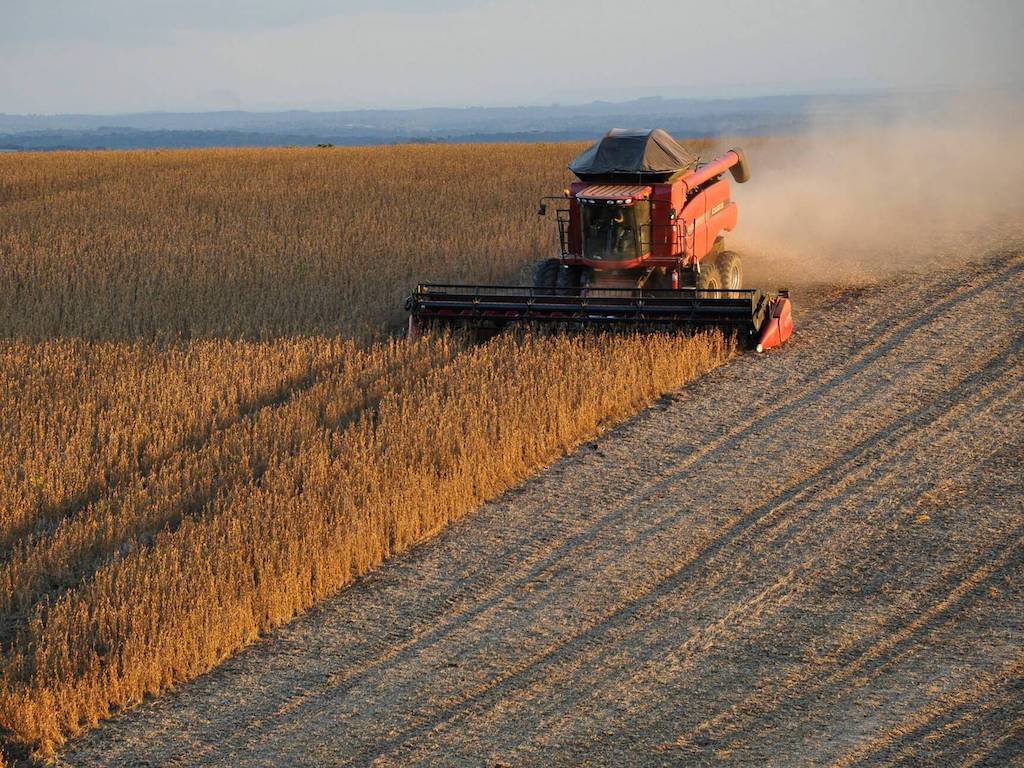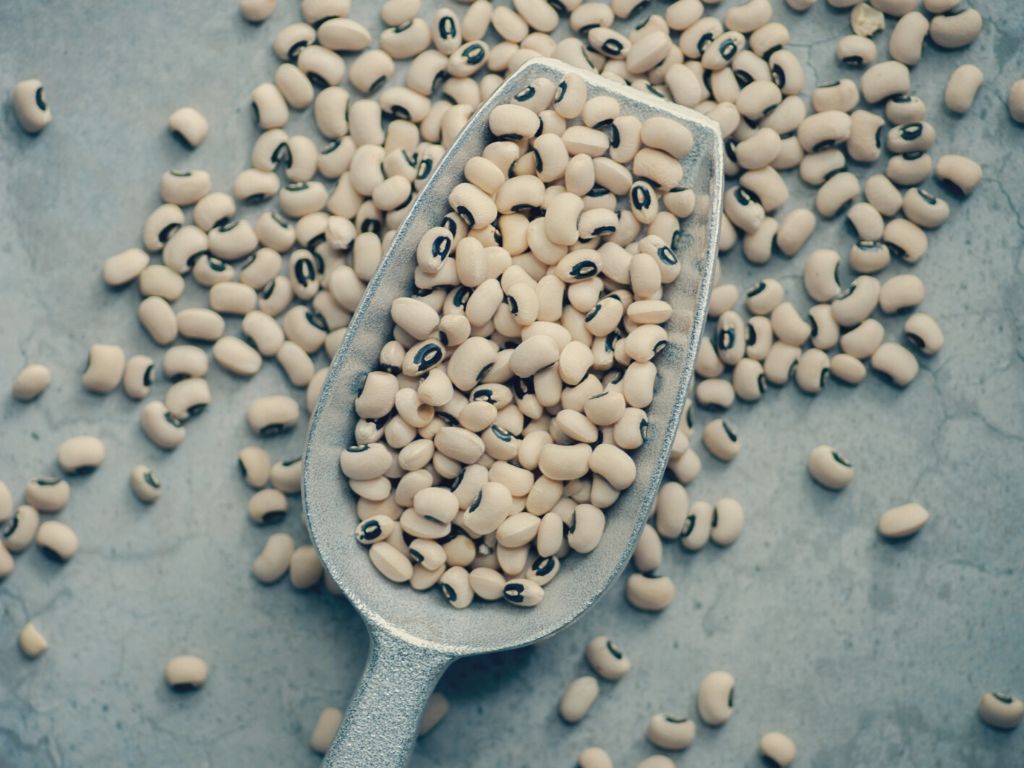New Tech Lets the Sustainable Black-Eyed Pea Contend With Soy at Scale
3 Mins Read
Agri-tech company Better Seeds has developed the first black-eyed peas for mechanized harvesting in a bid to reduce the environmental impact of soybean cultivation.
Black-eyed peas, also called cowpeas or lubias, are high in protein and highly efficient to grow. Now, Better Seeds, Israel’s largest and leading plant genome editing company, says it has engineered black-eyed peas in order to enhance the crop’s productivity for mass-scale production.
The modified black-eyed peas now stand up straighter and can be harvested the same way as soybeans. Better Seeds uses a unique genome editing technology, EDGE (Efficient Delivery of gene Editing), that enables the broad application of CRISPR across crops.
The problem with soy
The soybean is used predominantly in animal feed. But it’s also a key ingredient in a range of foods as oil and protein. according to Better Seeds, the soybean faces threats from global warming, which is expected to lead to yield declines of at least 30 percent over the next decade.
Soy also requires large quantities of water and fertilizer and is more climate-dependent than other legumes, including the cowpea.

Better Seeds says the black-eyed pea is “exceedingly sustainable” offering “enormous nutritional and agronomic value.” It says the black-eyed pea is a leading legume candidate that can “fill the gap” soybean yield.
“If I had to choose one crop to focus on, its cowpea, since we are facing a huge shortfall in the supply of plant-based proteins, namely soybean, due to climate change,” Ido Margalit, Better Seeds CEO said in a statement. “Cowpea has the capability to fill in this gap pending its redesign to make it fit for mass-scale cultivation which is exactly what Better Seeds is doing. Cowpea will help to feed the world,” Margalit said.
“Better Seeds is committed to providing better crops which will solve the World’s looming food security problems. I believe that we will make an enormous impact.”
Redesigning a staple crop
Prior to Better Seeds’ gene editing, the black-eyed pea was not a candidate for mechanized harvesting, which prevented mass-scale production. Instead, the crop must be hand harvested and often grown in developing countries where hand-harvesting is less expensive.
Better Seeds was able to redesign the black-eyed pea by targeting the gene that alters the plant’s architecture, allowing for it to stand upright like the soybean.

“With this redesigned cowpea farmers can both increase their versatility of legume cultivation, utilize their land all year round, and also ensure the market of sustainable supply of plant-based protein,” Better Seeds said.
Better Seeds says it is also bringing another key trait to the bean: herbicide resistance, which will further enhance its ability to meet the planet’s growing food security challenges.




